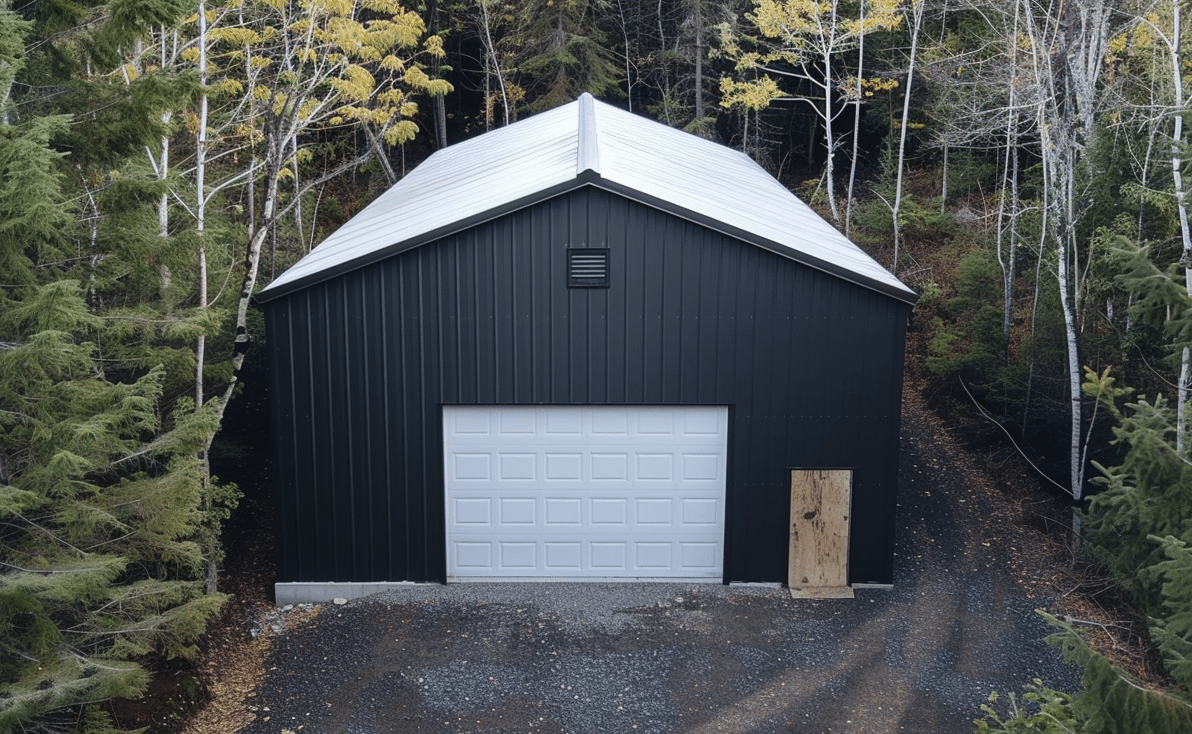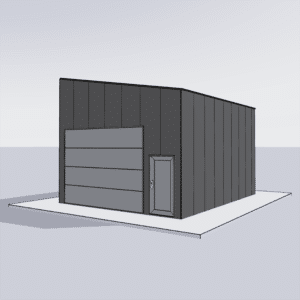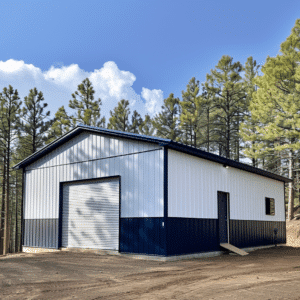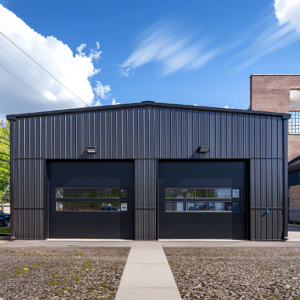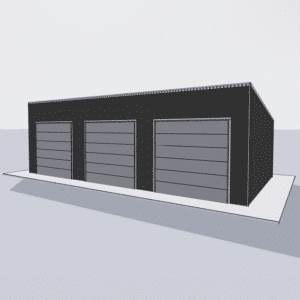Steel buildings have been gaining popularity as an ideal solution for various construction needs, from commercial facilities to residential garages. The allure of a customized, durable, and budget-friendly steel structure attracts many DIY enthusiasts. But where do you start? How do you ensure the perfect assembly of your steel building while meeting all necessary standards, like the National Building Code of Canada 2020? This comprehensive guide will take you through each step of the process, from unpacking the kit to the final inspection, ensuring a successful and safe build.
Getting Started: Unpacking Your Steel Building Kit
Before you lay down the first bolt, it’s crucial to have a precise understanding of your Steel Building Kit Overview. Unpack and inventory all the materials. It’s akin to having all your chess pieces in place before the match begins—except this isn’t just a game. It’s your future storage space, workshop, or retail area that’s taking shape. Ensuring you have all components upfront reduces stress and time wasted commissioning last-minute supplies.
The Lay of the Land: Site Preparation
Prepare your building site with the precision of a canvasser setting up for an exhibition. Make sure the ground is level and cleared of debris. Check local zoning laws, and verify that all necessary permits are in place. It’s like preparing a stage before a big performance—the foundation for a successful DIY steel assembly.
Laying the Foundation: The Critical Step
A strong foundation is the bedrock of your steel building’s longevity and structural integrity. Pouring the concrete slab to spec is vital. Measure twice; cut once—because time spent here saves headaches down the road. This step requires careful planning and precision to support the metal framework of your DIY steel assembly.
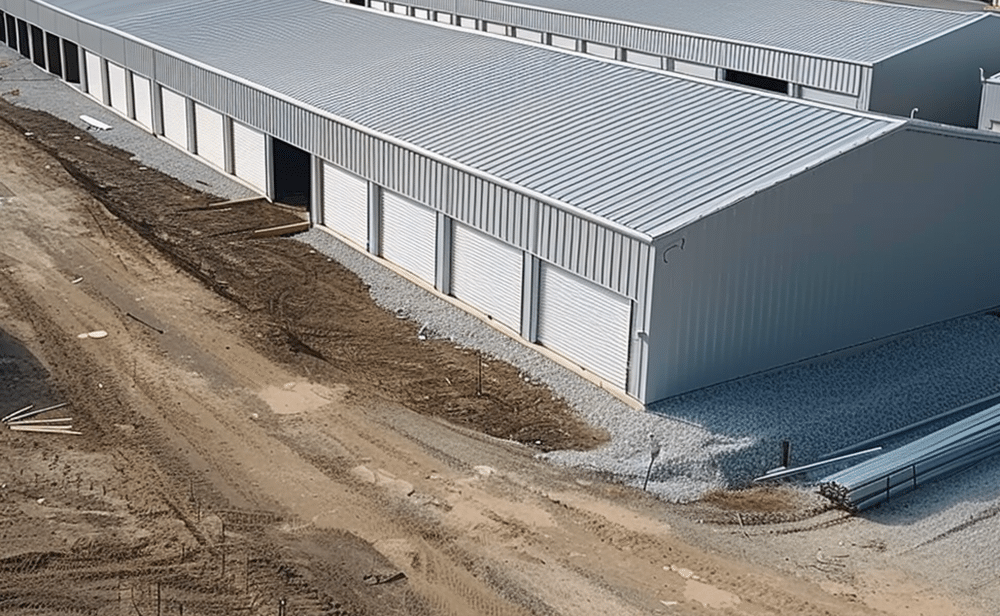
Framing: The Backbone of Your Structure
Once the concrete has cured, it’s time to erect the building’s skeleton. Positioning the steel frame correctly is like laying the rail tracks—any misalignment will end in disaster. Follow your Step-by-Step DIY Assembly Guide closely to ensure precision in assembly.
Sheathing and Roofing: The Outer Shield
With the framework in place, it’s time to add the walls and roof panels. This phase is the armor of your structure, safeguarding it from the elements. Taking shortcuts here can result in vulnerabilities when snow piles up or wind howls. Proper installation ensures your building is ready to face Canada’s diverse climate.

Final Touches: Inspections and Finishes
Once the major components are in place, the finish line is in sight, but don’t let your excitement lead to oversight. Conduct a thorough inspection of your handiwork, ensuring that everything adheres to the National Building Code of Canada 2020. This is your last opportunity to catch any potential issues before they become problematic.
Adding Personal Trimmings
Now comes the exciting part—incorporating personal touches that bring your vision to life. From selecting paint colors to arranging interiors, this is your opportunity to reflect your style and make the building uniquely yours.
Avoiding Pitfalls: Common DIY Mistakes
Even seasoned DIYers can trip over common pitfalls in steel building assembly. Stay informed by reviewing specific guides on DIY Steel Mistakes to avoid errors that could lead to costly repairs or revisions.
Conclusion: The Final Inspection and Beyond
Bringing a steel building from blueprint to completion is a rewarding journey, not unlike sculpting a masterpiece from raw materials. Your Step-by-Step Steel Building Guides are your breadcrumbs through the forest—don’t veer off the path. By adhering to detailed instructions, diligent planning, and careful execution, you won’t just erect a building; you’ll create a lasting structure capable of weathering the elements and serving your needs for years to come.
Remember, each step is crucial—so should be your commitment to quality and safety. This isn’t merely about following an instruction manual; it’s about setting a solid foundation for future memories and endeavors.


